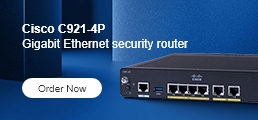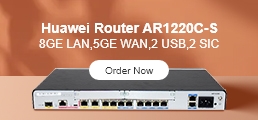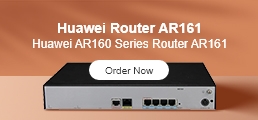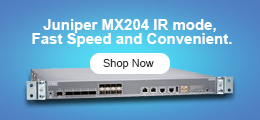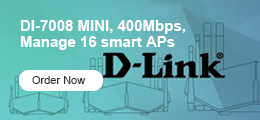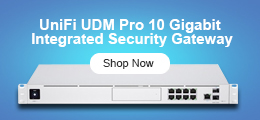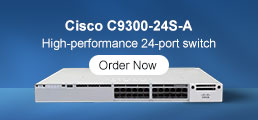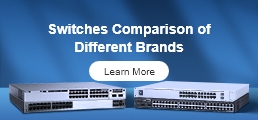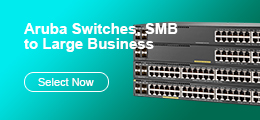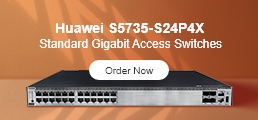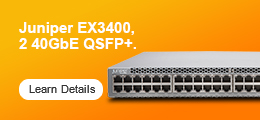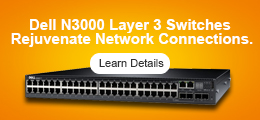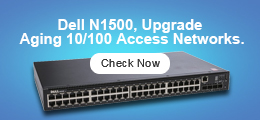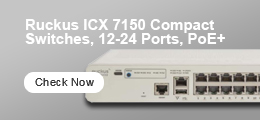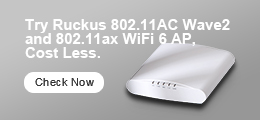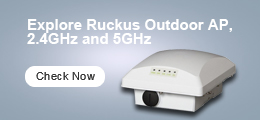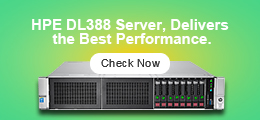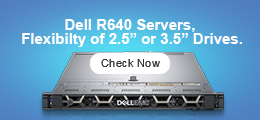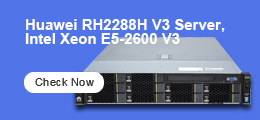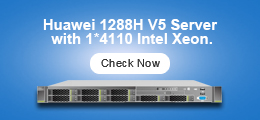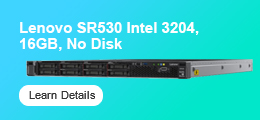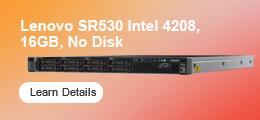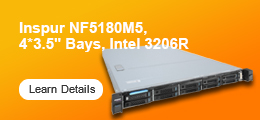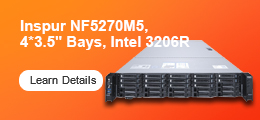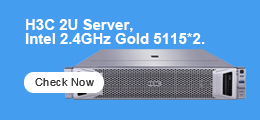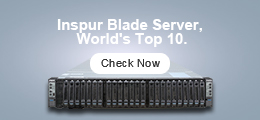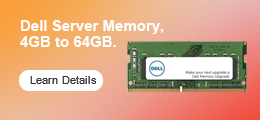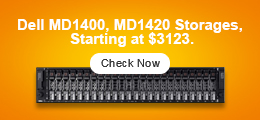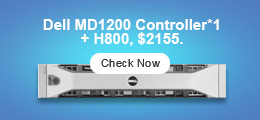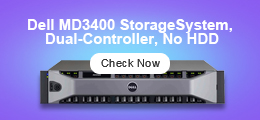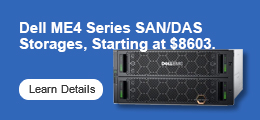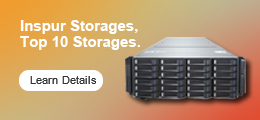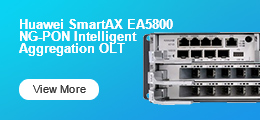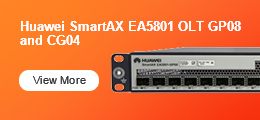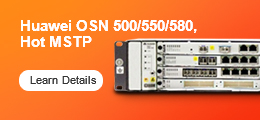1.Tower Servers are the normal boxes (in appearance) you would have seen in Visio Diagrams. Of course they are very powerful & have bundled software tools to manage them. The problem with Tower Severs is the space they occupy, management personnel they require, and cost of operating them (power, network, etc.).

2.Rack Servers are servers mounted inside a Rack (something like we normally use to manage our letters, office files, etc.) Major Racks available out there adhere to an IEEE standard and are measured in rack units or “U’s” (each U is 19” wide and 1.75” tall). So a rack server size is typically in multiplication of these “U’s”. Motivation here is to scale vertically than horizontally with more compact physical servers. In addition to this, there are many other electronic devices which adhere to this IEEE standard for instance – Rack Consoles, SAN devices, Power Backup devices, etc. Advantage being that you can fix them into rack as well along with your servers. Not to mention that the hardware vendors (Dell, HP, IBM, etc.) provide additional software tools that help you effectively manage these servers and in some cases the supported devices also.
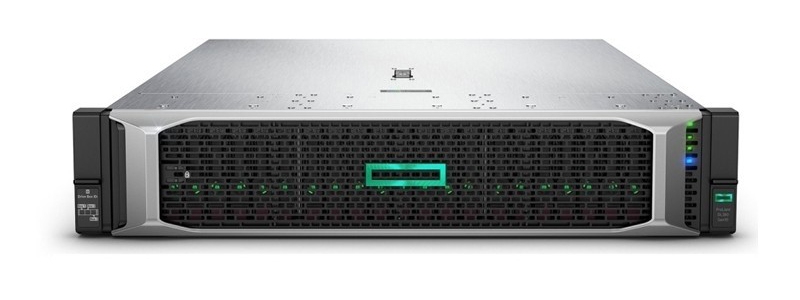
3.Blade Servers are an additional level of innovation on top of Rack Servers. Blade Servers are typically placed inside a blade enclosure, and together they form a blade system. A Blade system normally meets the IEEE standard of Rack Units, which means that the entire Blade system can be placed inside the rack along with other electronic equipments. The benefits of blade enclosure includes hot plugging (normally blade servers have a handle attached to them, for transferring them in and out of the blade enclosure - it’s an easy way of identifying them) and stripped modular design (e.g. shared network ports, power connections, switches, etc.). For instance the hardware we ordered allows us to pack 16 blade servers inside a 10U space. Such scenarios are possible (and are cheaper) by coupling a blade system and SAN storage. All these boils down to further space reduction, cost savings (power, administration staff) & easy management. Bundle this with Virtualization and you have a very powerful infrastructure at your disposal.

Hope this helps.
By the way, you can check the price of Rack Server, Blade Server and Tower Server: HPE Rack Servers, HPE Tower Servers, HPE Blade Servers, Dell Tower Server, Dell Rack Server, Huawei RH Series Rack Servers and Huawei E-Series Blade Server.
Learn more:
Differences between HPE ProLiant GEN9 and GEN10 Rack Server
Entry-Level, Mid-Range, Advanced HPE ProLiant Rack Servers




